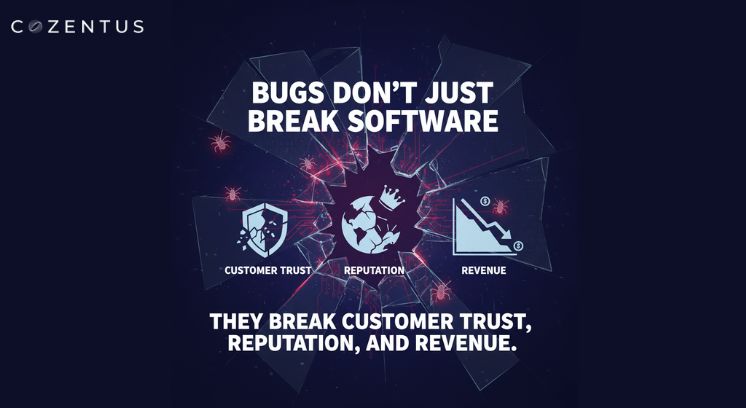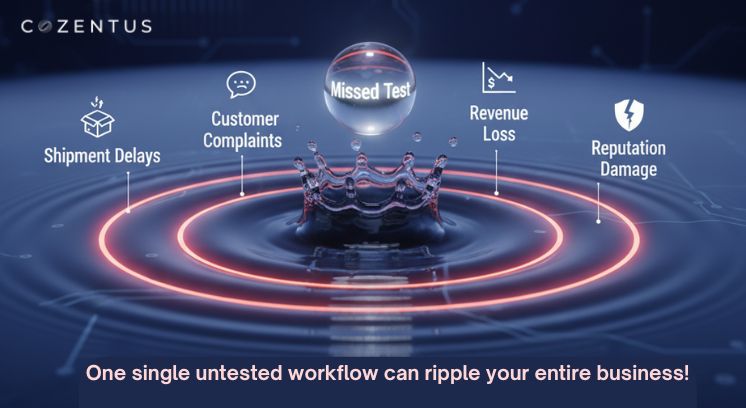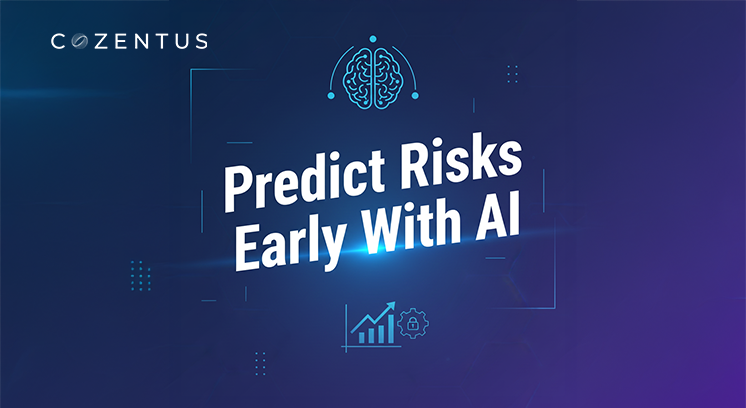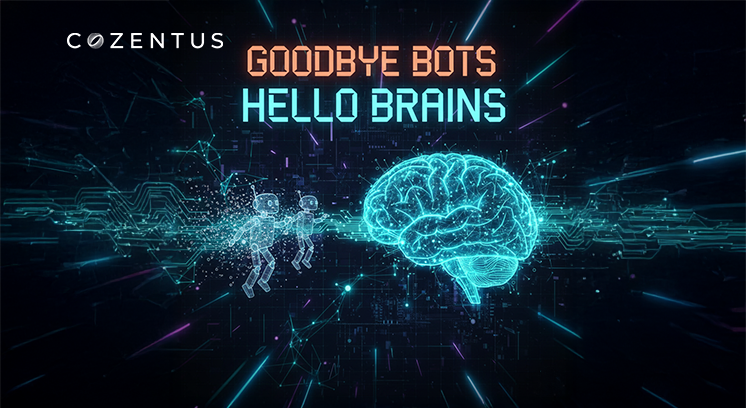Confidence Starts with a Click
Picture this: your organization just rolled out a new platform that connects shipment tracking, vendor systems, and real-time analytics. Everything looks perfect - until one small data error delays hundreds of deliveries or an integration fails silently overnight.
In complex, multi-vendor environments like logistics or manufacturing, even a minor glitch can cause ripple effects, such as missed deadlines, unhappy clients, and damaged credibility.
That’s why testing isn’t just about finding bugs. It’s about building trust. Trust that your systems will work every time, under pressure, and across every touchpoint.
The best testing teams understand that what they’re really delivering isn’t defect reports - it’s confidence.

Testing Is Not Just a Checklist
Many organizations treat testing as a sequence of steps:
- Write test cases
- Run scripts
- Log defects
- Mark results as pass or fail
But great testing goes far beyond that. It’s about thinking critically, understanding business priorities, and asking, “What could go wrong in the real world?”
Effective testing teams act as the bridge between business and technology. They don’t just execute; they communicate, challenge assumptions, and help stakeholders see potential risks before they turn into real issues.
They understand that quality isn’t defined by code. It’s defined by how much the business can rely on that code.
Smart Testing Starts with Understanding
Good testers don’t approach systems with the goal of destruction. They approach them with curiosity. They explore how the system behaves under stress, how it interacts with other applications, and how users might unknowingly misuse it.
In high-stakes projects, such as logistics platforms that depend on data accuracy and timing, this mindset is critical. A tester’s goal is not to say, “This failed.” It’s to say, “Here’s why this might fail tomorrow and this is how we can prevent it.”
That’s what separates testing as a process from testing as a discipline of understanding.
Find Problems Before They Find You
In supply chains or enterprise operations, the cost of hidden issues can be huge: delayed shipments, incorrect invoices, and inaccurate data in dashboards.
A smart testing approach looks for risks early, especially in these areas:
- Data consistency: Are data points synced correctly across ERP, WMS, and TMS?
- Integration reliability: Do APIs handle stress and downtime?
- Performance under load: Can the system handle peak volumes during seasonal surges?
- User workflows: Are business-critical processes intuitive and error-free?
By anticipating failure points, testing becomes a form of risk prevention, not just detection.
Automation Helps, But Human Insight Leads
Automation has changed how teams test. It’s fast, scalable, and repeatable, but it’s not enough on its own.
Automated scripts can verify thousands of functions in seconds, yet they can’t answer the most important question: Does this process make sense for the user or the business?
That’s where human judgment plays a vital role. The most reliable results come from a balanced approach:
- Automation for speed and coverage of repetitive tests
- Human-led testing for intuition, usability, and scenario exploration
This balance ensures that systems are both technically sound and business-ready. Automation ensures consistency; humans ensure context.
Managing Complexity Across Multiple Vendors
Modern technology ecosystems are rarely standalone. Especially in logistics or manufacturing, you’re working across multiple vendors - each with its own systems, updates, and dependencies.
Every integration adds a new layer of risk. A small misalignment in data format or timing can cascade across systems and create delays, inaccurate reports, or failed transactions.
That’s why end-to-end validation is so important. Strong testing teams focus on the entire workflow, not just individual components. They:
- Validate every data exchange across vendors
- Test performance during real-world transaction volumes
- Verify backward compatibility after system upgrades
- Simulate disruptions and ensure recovery mechanisms work
When each vendor trusts that their piece integrates flawlessly, everyone wins - from the operations team to the end customer.

Transparency Builds Confidence
Testing shouldn’t be a black box. Business leaders need visibility—not just into what passed or failed, but into what risks remain and how those risks might affect business outcomes.
The most effective teams focus on transparency. They communicate findings clearly, connect technical results to business impact, and make complex information easy to understand.
Instead of technical jargon, they provide insights like:
- “Shipment alerts may be delayed by 15 minutes during heavy loads.”
- “API response times are stable within acceptable business SLAs.”
- “Vendor integration X may need extra validation after the next update.”
This level of clarity turns testing into a strategic enabler, not a back-office task.
At Cozentus, this belief drives how we work. Every report, dashboard, and summary is built to help stakeholders make informed, confident decisions - without needing to decode the technical details.
Continuous Testing Results in Continuous Trust
Software doesn’t stay still. Systems evolve, integrations change, vendors update, and new modules get added.
That’s why testing can’t be a one-time exercise. Continuous testing ensures that every update maintains stability and performance.
Benefits of this approach include:
- Fewer post-release surprises
- Faster release cycles with fewer rollback risks
- Reduced downtime and production incidents
- Constant visibility into system health
Continuous testing is not about doing more work; it’s about doing smarter work. It transforms testing from a phase to a practice of ongoing reliability.
Cozentus helps clients embed this continuous approach, combining automation frameworks with intelligent monitoring tools so that quality becomes an everyday habit, not an occasional activity.
This might peak your interest: Everyone Says We’ve Got Testing Covered - Until the Release Breaks
The Human Side of Trust
Technology can deliver data, but people deliver trust. The testing mindset builds a culture of confidence across teams, which includes attention to detail, communication, and accountability.
- When developers know their work is being validated thoughtfully, they build faster.
- When business users know test coverage is comprehensive, they adopt new systems with ease.
- When leaders see transparent reports, they make decisions with clarity.
In this way, testing becomes a shared act of responsibility. A collaboration that binds technology and business together.
Why Trust Is the Real Return on Investment (ROI)
The impact of good testing isn’t just fewer bugs or faster releases - it’s the peace of mind that systems will perform when it matters most.
When software behaves as expected:
- Operations run smoothly
- Customers stay satisfied
- Partners rely on your systems
- Teams spend less time solving problems and more time improving
In logistics or any complex digital ecosystem, trust is the difference between reacting to problems and confidently moving forward. Testing, done right, builds that foundation.
Final Thought: Test to Build Confidence
The best testing teams see beyond the immediate project scope. They understand the bigger picture. The business goals, risks, dependencies, and human impact.
They don’t just find bugs. They:
- Understand how systems serve people
- Identify weak links before they break
- Communicate clearly and collaboratively
- Build reliability that earns long-term trust
At Cozentus, quality means a seamless blend of technology, people, and trust.
Because in today’s connected world, reliability isn’t optional; it’s the currency of confidence.
Build trust in your systems, not just tests. Talk to our expert.
Recent Post
Subscribe to our newsletter
Stay updated on latest trends and news in the supply chain and logistics industry








